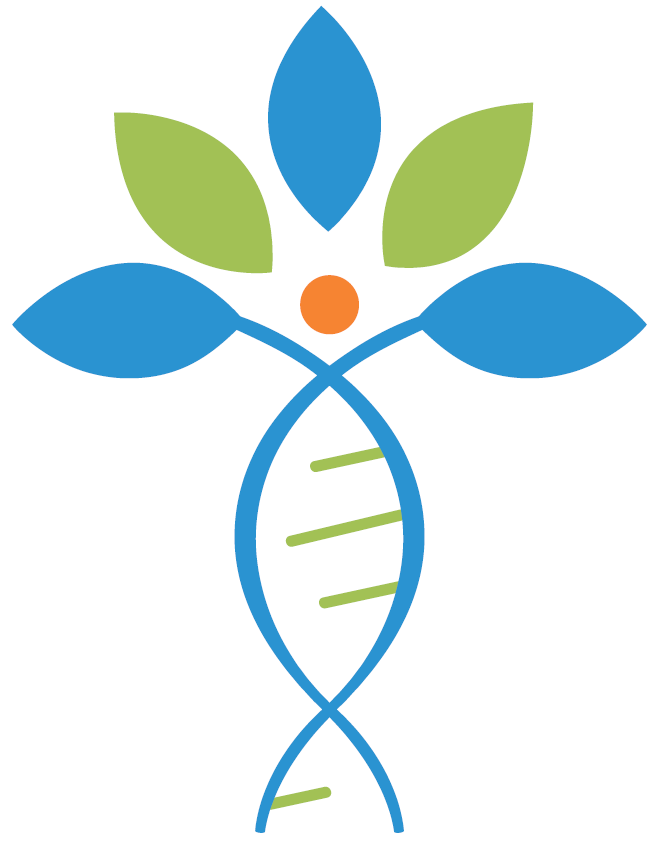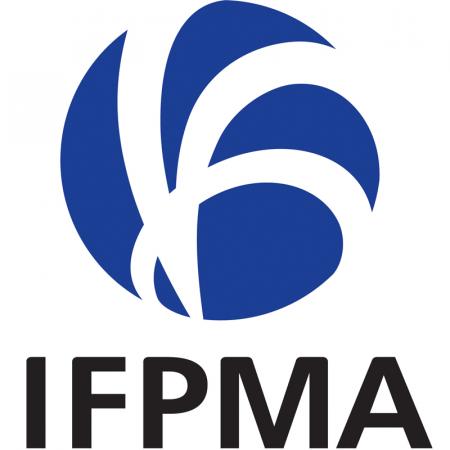Antimicrobial Resistance in Wildlife across Switzerland and the Principality of Liechtenstein: Associations with Environmental Factors and Taxonomic Variation
A study in Switzerland and the Principality of Liechtenstein found that 81.5% of Escherichia coli (E. coli) isolates were resistant to 16 antimicrobial drugs, with 10.8% of isolates showing multidrug resistance. The study also found that omnivores exhibited the highest levels of AMR, and that the percentage of forested areas surrounding sampling locations was inversely related to AMR rates. The findings highlight the role of wildlife as potential indicators of environmental contamination with antibiotics and reservoirs of resistant bacteria.
AMR NEWS
Your Biweekly Source for Global AMR Insights!
Stay informed with the essential newsletter that brings together all the latest One Health news on antimicrobial resistance. Delivered straight to your inbox every two weeks, AMR NEWS provides a curated selection of international insights, key publications, and the latest updates in the fight against AMR.
Don’t miss out on staying ahead in the global AMR movement—subscribe now!





